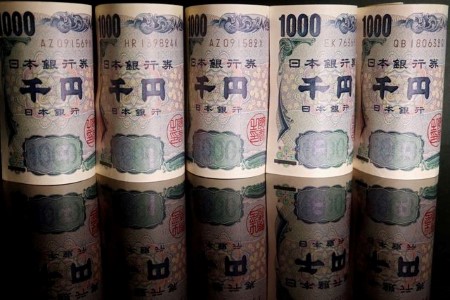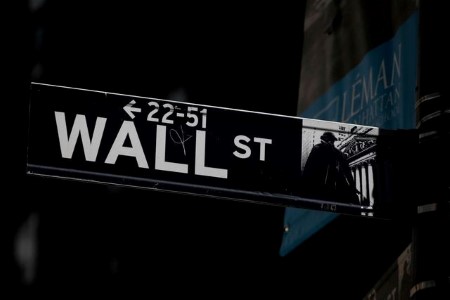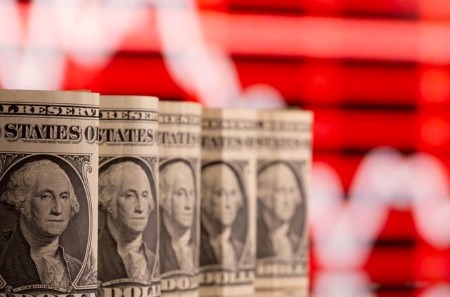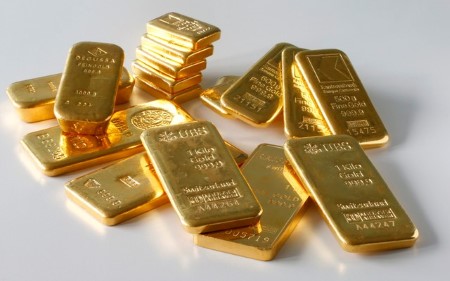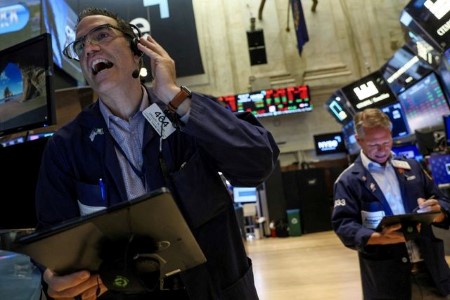HOUSTON, Oct 31 (Reuters) – Oil prices fell on Monday on expectations that US production could rise and as weaker economic data out of China and the country’s widening COVID-19 curbs weighed on demand.
Global benchmark Brent crude futures dropped 94 cents, or 0.98%, to USD 94.83 a barrel. US West Texas Intermediate (WTI) crude fell USD 1.37 to USD 86.53 a barrel, a 1.6% loss.
Both benchmarks notched their first monthly gains since May.
Oil output in the United States climbed to nearly 12 million barrels per day in August, the highest since the onset of the COVID-19 pandemic, monthly government data showed.
US President Joe Biden was set to call on oil and gas companies to invest some of their record profits in lowering costs for American families, a White House official said.
Biden will call on Congress to consider requiring oil companies to pay tax penalties and face other restrictions, the official said. The president has previously pushed oil companies to raise production rather than use profits for share buybacks and dividends.
The administration has also relied on releasing supplies from the Strategic Petroleum Reserves (SPR) to ease a supply crunch. About 1.9 million barrels were released from the SPR last week as part of the government’s plan to release 180 million barrels.
Meanwhile, factory activity in China, the world’s largest crude importer, fell unexpectedly in October, an official survey showed on Monday, weighed down by softening global demand and strict COVID-19 restrictions that hit production.
“The purchasing managers’ index (PMI) data contracting adds to the post-China congress party blues for oil markets. It is not difficult to draw a straight line from weaker PMIs to China’s COVID-zero policy,” said Stephen Innes, managing partner of SPI Asset Management.
“So long as COVID-zero remains entrenched, it will continue to thwart oil bulls.”
Chinese cities are stepping up zero-COVID curbs as outbreaks widen, dampening hopes of a rebound in demand.
Strict COVID-19 curbs in China have hit economic and business activity, curtailing oil demand. China’s crude oil imports for the first three quarters of the year fell 4.3% year on year for the first annual decline for the period since at least 2014.
Meanwhile, the euro zone is likely to enter recession, with its October business activity contracting at the fastest in nearly two years, a S&P Global survey said.
European Central Bank policymakers are standing behind plans to keep raising interest rates, even if it pushes the bloc into recession and stirs political resentment.
The Organization of the Petroleum Exporting Countries (OPEC) on Monday raised its forecast for medium and long-term oil demand and said USD 12.1 trillion of investment is needed to meet this demand despite the energy transition.
(Reporting by Noah Browning; Additional reporting by Florence Tan and Emily Chow; Editing by David Goodman, Barbara Lewis and David Gregorio)



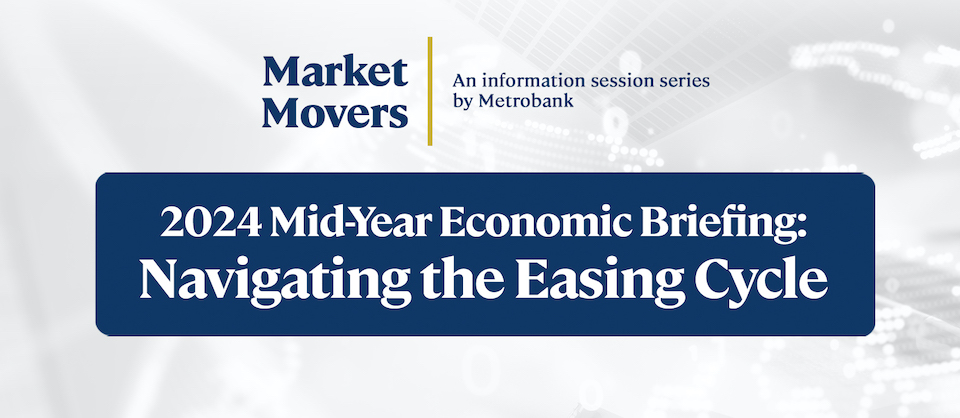



 DOWNLOAD
DOWNLOAD





